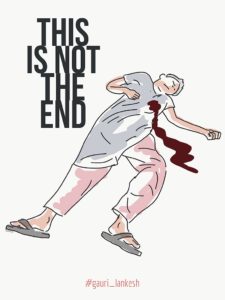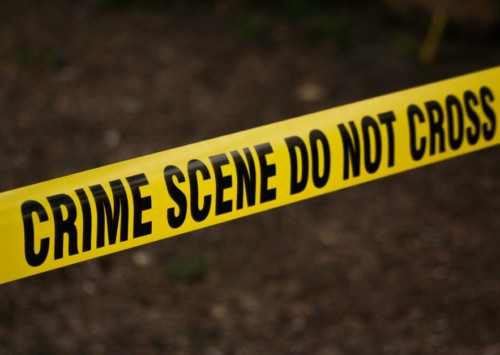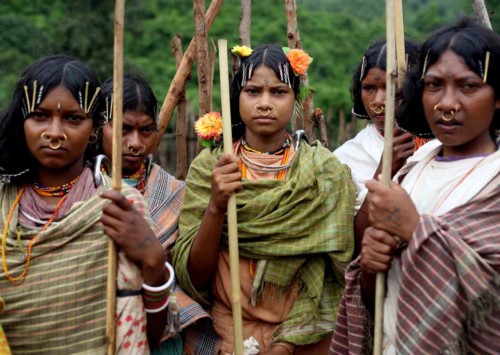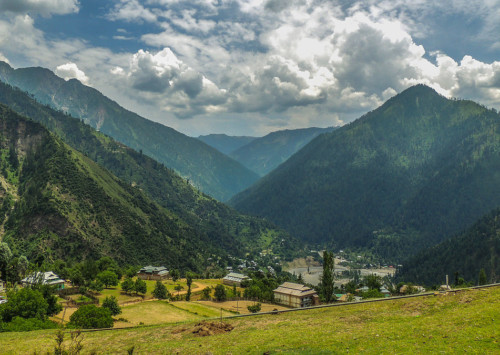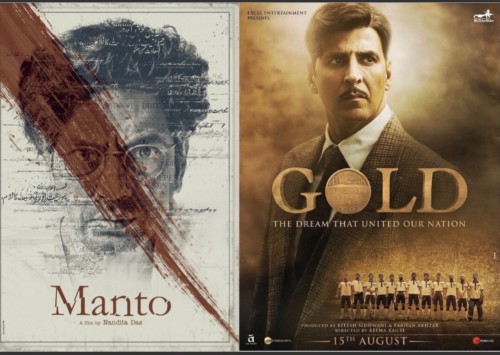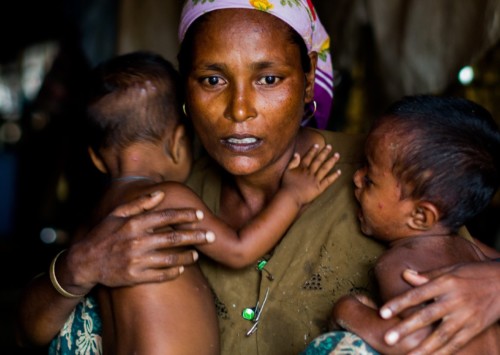International day to end impunity for crimes against journalists
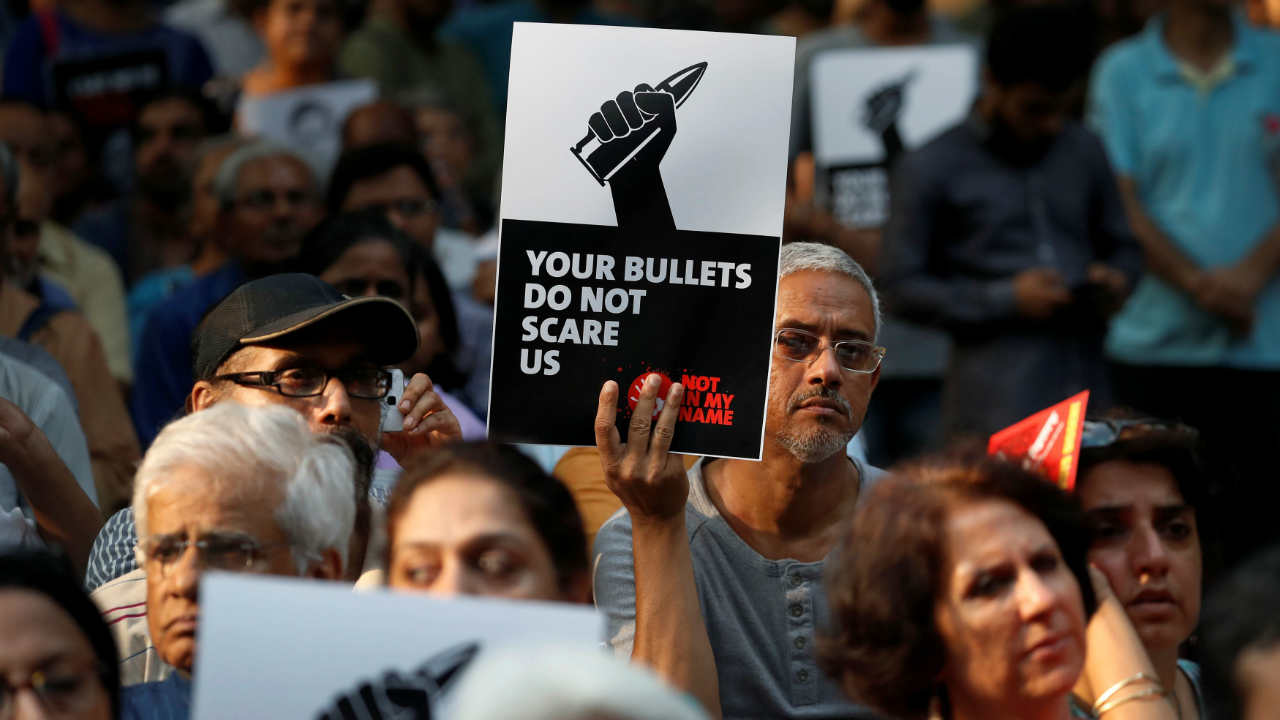
The International Day to End Impunity For Crimes against Journalists, is a UN-recognized day observed annually on November 2
The brazen killing of Gauri Lankesh just outside her house and the recent murder of Shujaat Bukhari in Srinagar, once again highlight how dangerous life for journalists has become and how rarely the perpetrators of the crimes committed against them are brought to justice.
Every year, more journalists are murdered because of their reporting, as compared to those who die in war zones. Since 1992, when the Committee to Protect Journalists (CPJ) began compiling data, 1,324 journalists have been killed on the job, and 849 of them were executed for their work all around the world. However, in nearly 90 pc of these murders, the people who ordered the attacks escaped justice. Impunity not only leads to more killings but is often a symptom of worsening conflict and the breakdown of law and judicial systems in many countries.
The International Day to End Impunity For Crimes against Journalists, is a UN-recognized day observed annually on November 2 to draw attention to the low global conviction rate for violent crimes against journalists and media workers.
The rising cost of free press in India
Since 1992, 47 journalists have been killed in India alone, out of which 33 are murder targets. Before ‘Rising Kashmir’ editor Shujaat Bukhari was gunned down in Srinagar last week, the previous year had seen a number of journalists being murdered, including Gauri Lankesh who was gunned down in Bengaluru, Sudip Dutta Bhaumik who was shot dead by a police officer in Tripura, and three journalists who were mowed down by vehicles in back-to-back killings — Navin Singh and Vijay Singh in Bihar, and Sandeep Sharma in Madhya Pradesh.
In the last one year, journalists also faced the most number of attacks from the police and from politicians. The most significant of them was when journalists were injured during the violence following the arrest of Dera Sacha Sauda chief Gurmeet Singh in August 2017. Television vans were set on fire and reporters and camera persons were injured in the clashes.
Andhra Pradesh saw the largest number of attacks on and threats to journalists. In December 2017, the police in Hyderabad arrested a member of a Christian evangelical organisation for allegedly giving a speech against Bharat Mata (Mother India) in August 2016.
The shooting of veteran journalist Gauri Lankesh last year, led to a national outcry over the safety of journalists. She was shot and killed in Bangalore right outside her house on September 5, by three unidentified assailants. Lankesh was renowned for her criticism of right-wing extremism and communal violence in Gauri Lankesh Patrike, her Kannada-language weekly tabloid.
In light of the frightening statistics, WAN-IFRA (World Association of Newspapers and News Publishers) has lended its full support to UNESCO’s #TruthNeverDies campaign, which will be launched this year on the occasion of the International Day to End Impunity for Crimes against Journalists, urging news publishers around the globe to raise awareness of journalist killings and the many cases where those responsible went unpunished. The global campaign encourages editors to publish stories and investigations on journalists that have been killed and to spread their work to perpetuate their legacy.

